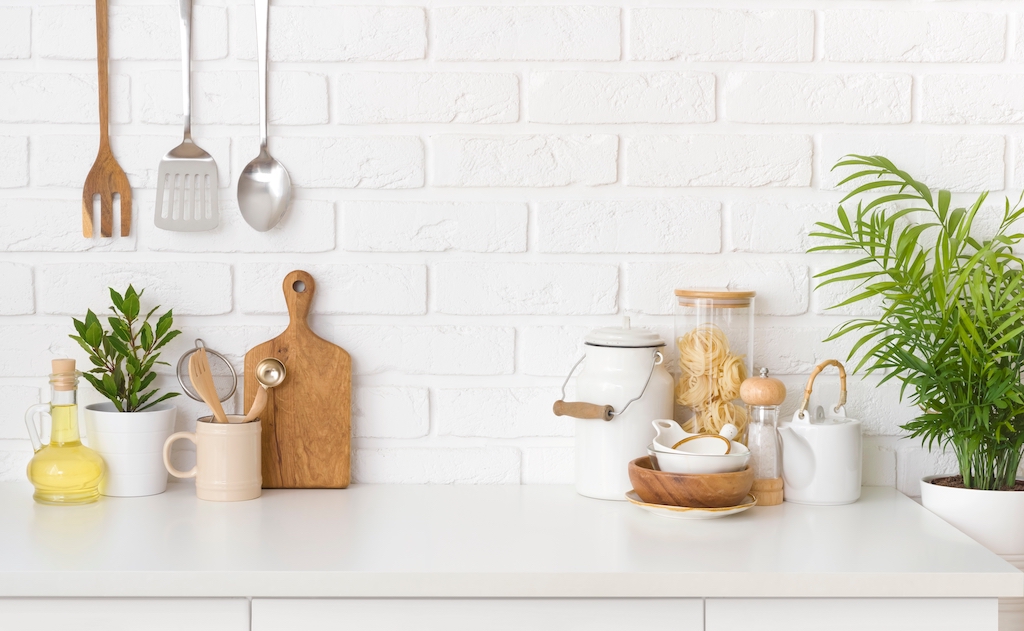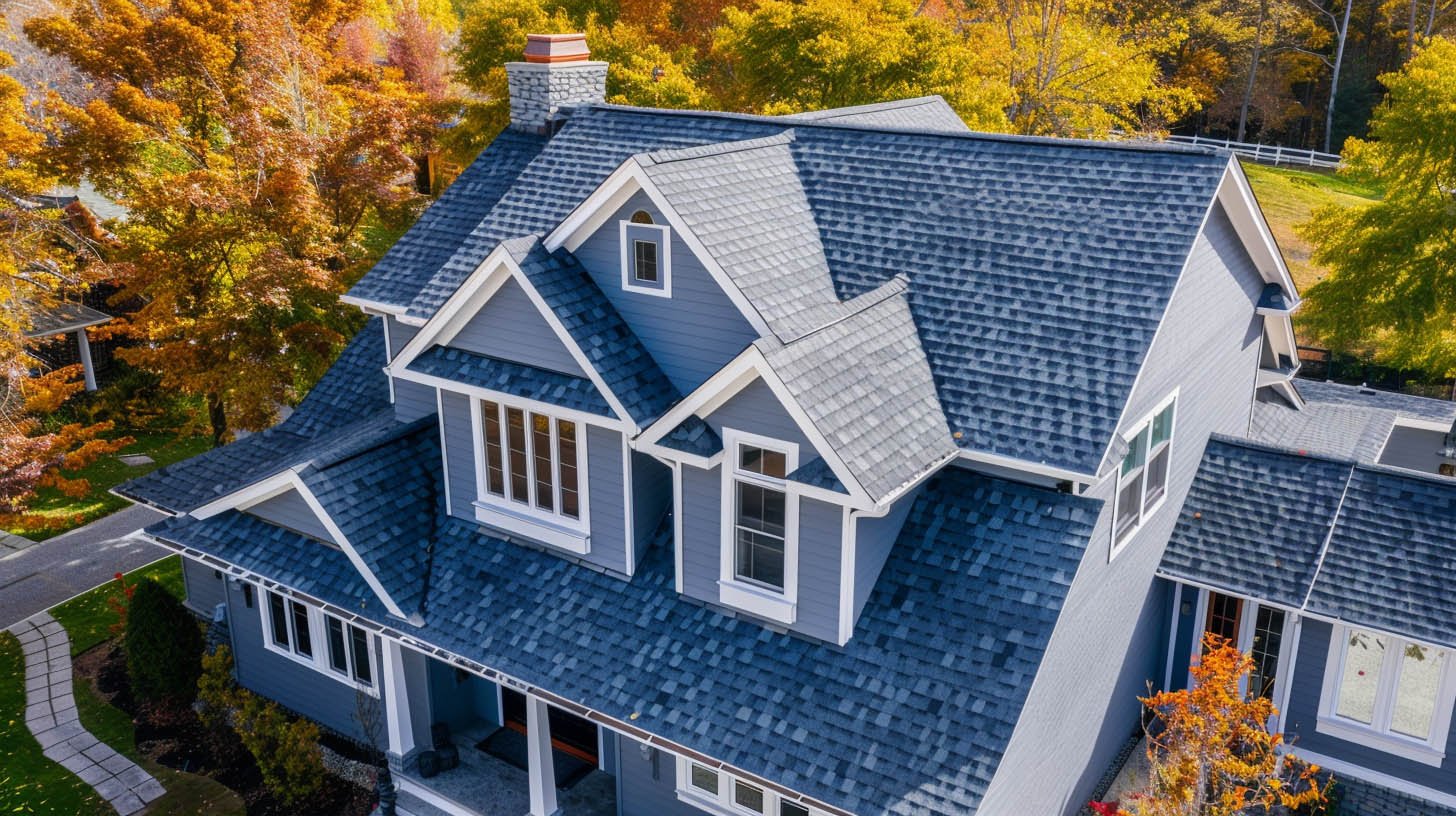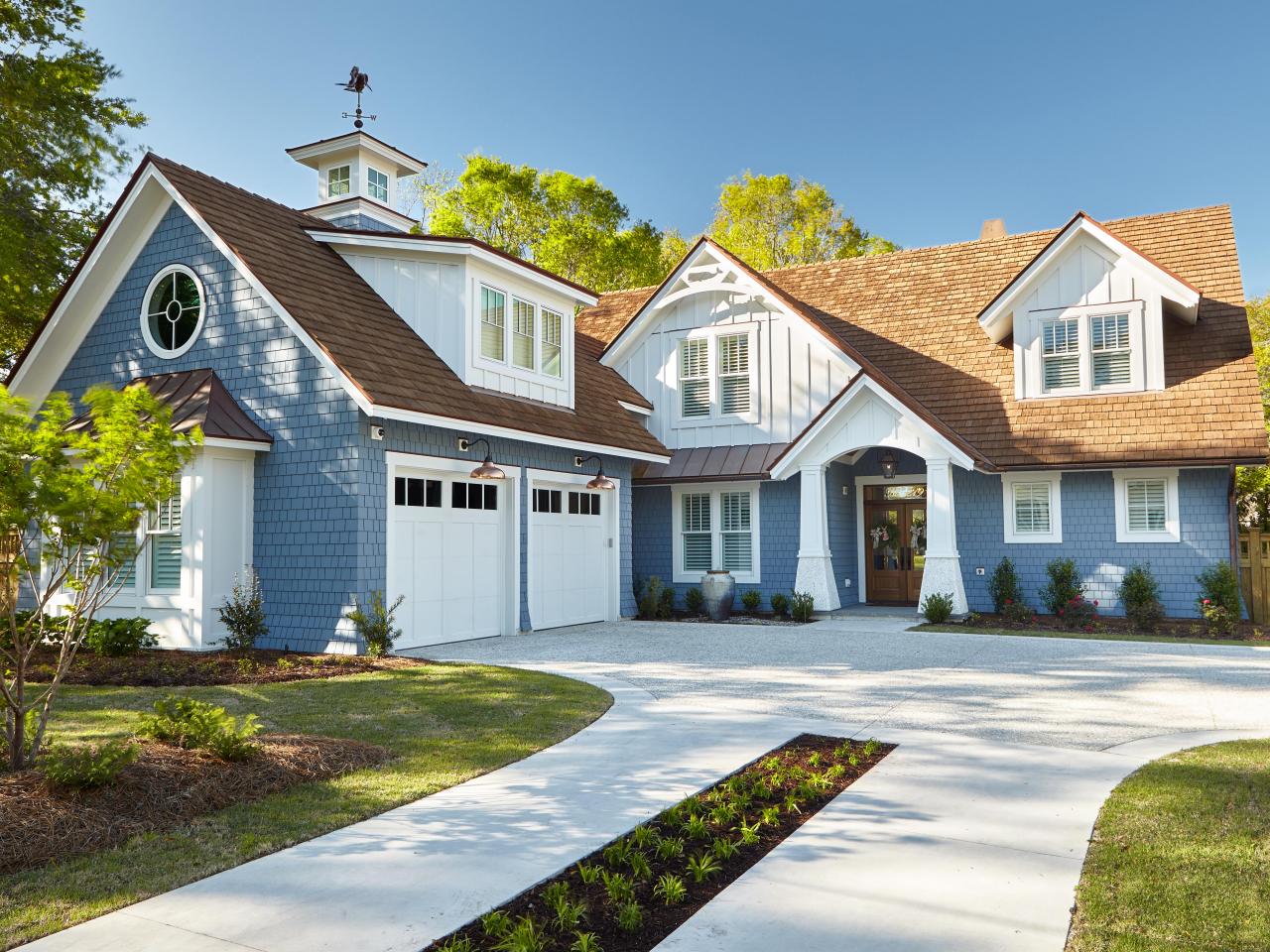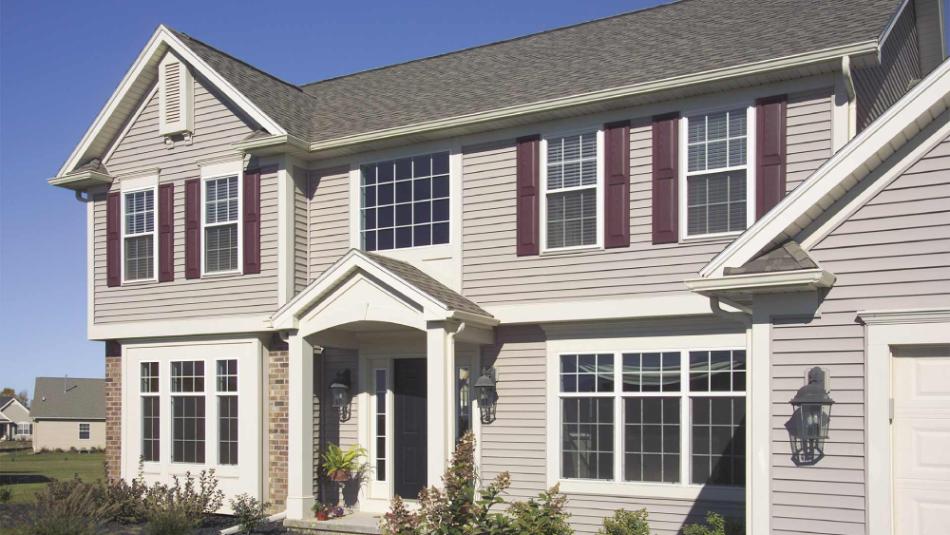Home improvement
The Art of Personalized Kitchenware: Infusing Character into Culinary Spaces

Key Takeaways:
- Personalized cooking utensils add a touch of individuality to the kitchen.
- Custom kitchenware can make thoughtful gifts and strengthen cultural connections.
- Choosing suitable materials and providers for sustainability and quality is essential.
Defining Personalization in Kitchenware
Personalized kitchenware represents a blend of artistry and functionality, turning everyday objects into expressions of personal taste and affectionate touches. Whether it’s a set of cutlery etched with initials or a hand-thrown pottery piece, such touches turn the kitchen from merely a place of sustenance to a repository of personal stories. In the hands of a creative individual, even the simplest personalized cooking utensils become testimonies of culinary passion and style, bringing an added layer of joy to the cooking process. Personalization in kitchenware isn’t confined to embellishment with names and dates, though they are delightful details. It encompasses a broader scope, including selecting color schemes that complement a home’s interior or choosing designs that speak to one’s heritage. There’s also the option of handle shapes that fit one’s grip perfectly, blending ergonomics with a bespoke flair.
When dining and kitchen spaces have become the new theaters for expressing personal tastes, the art of personalization is the set design that makes each meal a scene from an individual’s life script. As the saying goes, ‘The kitchen is the heart of the home,’ personalized kitchenware becomes the heartbeat with its unique cadences and rhythms.
The Benefits of Personalized Cooking Tools
It’s not just about aesthetic beauty; personalized cooking tools serve practical purposes and add significant value to a user’s kitchen experience. Ergonomically designed utensils can be a godsend, saving one from the cumulative discomfort often felt after lengthy cooking sessions. Personalization can be a form of self-care, ensuring that tools are best suited to the user’s hands and cooking preferences, minimizing strain, and maximizing comfort.
Personalization also answers the practicalities of ownership in shared living arrangements. Whether in college dormitories or communal apartments, having distinctly marked utensils thwarts confusion and ensures one’s investment is safeguarded. These tidbits make life more convenient and add a dash of personality to shared spaces, turning a communal kitchen into a mosaic of individual styles.
The emotional attachment to personalized kitchenware opens an alleyway of gift-giving opportunities infused with meaning and utility. A well-chosen, customized kitchen tool becomes not just an accessory but a witness to the giftee’s culinary endeavors, a token of participation in their daily routines, and a lasting memento of the giver’s thoughtfulness.
Current Market Trends in Personalized Kitchen Accessories
There is a burgeoning market for personalized kitchen items, reflecting an increasing desire for individualized home decor and a surge in home cooking activities. This trend demonstrates changing consumer behavior, as many now seek products with a personal connection that speaks to their individual narrative or creative impetus. Today’s consumers flock to artisan markets, craft fairs, and online marketplaces in search of unique kitchen pieces that can be personalized to add a signature touch to their cooking spaces. Interestingly, it’s not just individual purchasers fueling this trend. Wedding registries, housewarming gift lists, and even corporate gifting strategies increasingly feature personalized kitchen accessories, demonstrating these items’ broad appeal and valuation. They’ve become more than mere utility objects — collectibles, conversation starters, and even symbols of one’s culinary sophistication. For enthusiasts and collectors, a kitchen adorned with personalized utensils and serving ware is a mark of pride, an invitation into their world.
However, only some personalized products come with an exorbitant price tag. Affordable customization options have opened a niche market for startups and established brands. It’s intriguing to witness how this demand for personalization is reshaping the kitchenware industry, giving rise to niche markets for products that were once considered purely functional. The market trend is moving towards an era where personalized kitchenware is poised to become the norm rather than an exception.
Material Matters: Balancing Aesthetics and Functionality
In kitchenware personalization, the materials used are just as necessary as the designs inscribed. Quality materials make for better performance in culinary tasks and ensure that the personal touches added remain pristine over time. Durable materials like stainless steel, for instance, lend themselves well to laser etching or engraving, maintaining their luster and detail even after countless cycles in the dishwasher. Wood, however, provides a warm, organic feel to kitchenware that many cherish. With various grains and colors, wooden utensils can be as unique as fingerprints, and they offer a tactile pleasure distinct from their metal or plastic counterparts. But these aren’t the only considerations; working with sustainable materials like bamboo ensures that personalization choices are also environmentally conscious, reflecting a straightforward ethos to care for the home and the planet. The beauty of personalized kitchenware lies within this intersection of material science and aesthetic inclination. The discerning consumer knows that the suitable material isn’t just about beauty or durability alone — it’s about how those properties harmoniously elevate cooking and serve as a canvas for personal expression.
Choosing Providers for Personalized Kitchen Pieces
Deciding where to procure personalized kitchenware involves a confluence of factors, including quality, variety of personalization services, material selection, production methods, and consumer reviews. This choice becomes an integral part of the story of each item, as the provider’s craftsmanship and attention to detail play a pivotal role in bringing your vision to life. Whether looking for that perfect hand-engraved pie server or a set of painted terracotta dishware, the vendor’s expertise is critical. When researching potential providers, take the time to look at their portfolios, interact with them, and understand their craft. Acknowledge the importance of communication and the value of service, which offers you a glimpse of your concept before production. It provides an element of collaboration in the personalization process, ensuring that the final product reflects your expectations and adheres to the high standards you seek. In an age where e-commerce prevails, pay attention to local artisans and craftsmen who may offer unique perspectives and handcrafted qualities not easily replicated by larger entities. By supporting these local talents, you also contribute to sustaining traditional crafts and the communities that keep them alive.
Environmental Impact of Personalization
The consideration of the environment is imperative in today’s consumer landscape. With the advent of fast fashion and rapid consumerism, there’s been a conscious movement towards sustainability, particularly in home goods. Personalized items made to last counter the throwaway culture, lending to a more cautious use of resources and a reduced carbon footprint. Mindfulness in choosing materials and manufacturing processes is becoming a benchmark in the industry. Consumers are drawn to providers who offer reusable, recyclable, or biodegradable materials for their personalized items, insisting on a lower environmental impact as part of their purchase. Such choices signal a shift in consumer values and the prioritization of sustainability in even the most personal aspects of domestic life.
In the long run, the environment benefits from each responsible decision made. Whether it be a choice for a reclaimed wood cutting board or kitchen linen dyed with natural pigments, each environmentally conscious personalization contributes to a broader impact, aligning individual ethics with global necessity.
Cultural Significance of Unique Kitchenware
The kitchen is a melting pot of cultures, and personalized kitchenware can serve as a tool for cultural representation and preservation. Through the lens of cultural significance, items like spice boxes with traditional motifs or chopsticks with ancestral sayings provide more than just utility. They become a means of passing down beliefs, stories, and traditions, underscoring the importance of heritage in the everyday act of cooking and eating. This cultural homage through kitchenware enriches the domestic experience and invites others to partake in the diversity of world cultures. As the world becomes increasingly globalized, such exchanges become cornerstones of intercultural understanding and respect, creating a tapestry of different traditions and practices tied together by the universal language of food. In essence, when kitchenware is personalized to reflect cultural roots, it strengthens bonds, promotes inclusivity, and becomes a medium for storytelling within the multi-ethnic narrative of modern societies.
The Future of Personalization in Kitchen Design
The potential of customized kitchen tools still needs to be explored due to innovations like 3D printing and computer-assisted design leading the way. These technologies promise to make customization more intricate and accessible, catering to the increasing demand for personalized options. Imagine the day one can design and produce customized kitchenware from home, tailoring each piece to exact specifications and aesthetic preferences. As we propel towards this future, sustainability will likely remain at the forefront of kitchenware personalization. Employing biodegradable materials for 3D printing and ensuring that digital optimization reduces waste are some ways in which the integration of technology and environmental concerns could evolve. And while these innovations unfold, the essence of kitchenware personalization remains consistent—creating kitchen spaces that are not just about culinary efficiency but about the warmth of individual expression, identity, and the celebration of life’s daily rituals.
Home improvement
Effective Strategies for Maintaining Your Roof’s Longevity and Health

Key Takeaways:
- Understanding the importance of regular roof maintenance.
- Tips on how to spot common roofing issues early.
- Advice on seasonal roof care to extend your roof’s life.
- Insight into eco-friendly roofing options.
- Resources for professional roofing inspections.
The Importance of Regular Roof Maintenance
Maintenance is essential to guaranteeing a roof’s lifespan and effectiveness. Frequent inspections assist in identifying possible problems before they worsen. Ignoring roof maintenance can lead to significant repair costs down the line. A professional roofing company can offer thorough inspections and maintenance plans tailored to your needs, ensuring your roof stays in optimal condition throughout the year.
According to Architecture and Design, consistent roof inspections can extend the roof’s lifespan by up to 50%. This substantial extension emphasizes the importance of staying vigilant and proactive with roof care. In addition to extending the lifespan of your roof, routine maintenance shields your house from potential water damage, mold growth, and structural problems that can result from neglected roofs.
Spotting Common Roofing Issues Early
Identifying problems early can save homeowners a lot of trouble. Look out for cracked shingles, water stains on your ceilings, and any visible sagging or damage. These signs indicate that your roof may need attention. A roofing company can help pinpoint these issues and provide solutions before they escalate into more severe problems. By performing regular self-inspections, especially after severe weather, you can catch issues before they worsen.
Seasonal Roof Care Tips
Your roof faces new problems with every season. To prevent ice dams in the winter, shovel snow as soon as possible. If ice dams are not removed, they can seriously harm your roof’s structure and gutters. Gutter cleaning in the fall is crucial to avoid obstructions that could result in water damage. Spring is the best time for a comprehensive inspection to assess and repair any damage that might have occurred during the colder months. Water leaks under your shingles are avoided by routinely clearing debris from your roof and gutters.
Summer can also cause wear and tear due to intense heat and UV rays. The intense sunlight can cause roofing materials to deteriorate faster, leading to cracks and leaks. Using reflective roof coatings can help mitigate some of the damage caused by UV rays. Regular maintenance throughout the year ensures your roof stays in optimum condition, regardless of the season. Scheduling routine inspections at the beginning of each season can help identify potential problems before they become serious.
Eco-Friendly Roofing Options
Several eco-friendly roofing materials are available for those looking to reduce their environmental impact. Options like recycled shingles, metal roofing, and green roofs not only help the environment but can also improve your home’s energy efficiency. Recycled shingles, for example, use materials like rubber and plastic, significantly lowering the environmental footprint compared to traditional options. These materials often come with a longer lifespan, reducing the need for frequent replacements.
Metal roofing is highly durable and reflects solar heat, reducing cooling costs in the summer. It’s also fully recyclable at the end of its life, making it a sustainable choice. Green roofs, which involve planting vegetation on your roof, provide natural insulation and absorb rainwater, reducing runoff and providing a habitat for wildlife. These roofs can also improve air quality and reduce urban heat island effects. Considering the numerous benefits, eco-friendly roofing options represent a worthwhile investment for the environment and your wallet.
When to Consider a Roof Replacement
Roofs don’t last forever. If your roof is over 20 years old and showing signs of wear, consider a roof replacement. New roofing materials are more durable and energy-efficient than those from decades past. Investing in a new roof can raise your house’s exterior appeal, value, and energy efficiency. Advanced materials provide better performance and aesthetics. Examples of this include metal roofing and architectural shingles.
Persistent leaks, widespread shingle damage, and noticeable sagging are signs that you may need a replacement. A professional roofing contractor can provide an honest assessment and help you choose the best materials for your new roof. You must weigh the benefits and drawbacks with a trustworthy expert before choosing a complete replacement. They can guide you through your options and ensure that you make the best decision. You should consider warranties, installation costs, and continuing maintenance before deciding.
Choosing the Right Roofing Contractor
Selecting a reputable contractor is crucial for any roofing project. Ensure they have proper licensing, insurance, and positive reviews from previous customers. A good contractor will offer a detailed estimate and warranty on their work. Transparency about the costs and expected timeline for the project is also a hallmark of a reliable contractor. They should be willing to answer all your questions and provide written agreements.
Choosing a local contractor is also beneficial, as they will be more familiar with your area’s climate’s specific challenges and requirements. A local contractor will likely grasp local building rules and permit procedures and respond quickly. If you choose the proper contractor, your roof will last longer and be of higher quality. Using industry credentials, personal recommendations, and internet reviews, you may make an informed decision and guarantee that your roofing project is finished to the highest standards.
Home improvement
Tips for Maintaining the Value of Your Home

Homeownership is a cornerstone of the American dream, but it comes with the responsibility of upkeep to ensure that the investment remains strong over time. This article will explore how simple maintenance, intelligent upgrades, and vital strategies can preserve and boost your home’s market value.
Key Takeaways:
- Understanding the importance of regular maintenance to sustain property value.
- Identifying cost-effective upgrades that can boost your home’s marketability.
- The role of curb appeal in preserving your home’s worth.
- How innovative technology can play a part in enhancing your living space?
- The benefits of professional inspections are that they prevent costly repairs down the line.
Regular Maintenance: Avoiding Costly Repairs
Residential upkeep should always be considered. Diligent homeowners know that preventive maintenance is much more cost-effective than reactive repairs. For example, regularly clearing gutters may seem trivial, yet it prevents water damage, which can lead to expensive roofing repairs. Monitoring HVAC systems ensures they run efficiently and reduces the likelihood of emergency breakdowns. By keeping up with maintenance, you not only avoid the inconvenience of sudden malfunctions but also protect the value of your property by preventing deterioration. In local homes Dallas PA, as with any area, maintaining or increasing home value requires strategic planning and informed decisions.
Cost-Effective Upgrades for a Modern Home
The only sometimes els only sometimes yield the best return on investment. Sometimes, it’s the subtle enhancements that resonate with prospective buyers or appraisers. Replacing old carpets with fresh, modern flooring or switching outdated cabinetry hardware can infuse new life into a home. These small touches can demonstrate a home’s readiness for sale without a sizable outlay. The strategy is to choose upgrades that visually and functionally align with current lifestyles and trends while focusing on cost versus value added.
Curb Appeal: First Impressions Count
Your property’s exterior setting stages the expectation of what’s within. Imagine the impact of blooming flowers versus unkempt shrubs or a bright, inviting door against weather-worn ones. Refreshing the landscaping, installing modern outdoor lighting, or even ensuring that the house number is visible and stylish are minor touches that play into the marketability of your home. Excellent curb appeal can set your property apart in a competitive housing market, heralding the care invested within its walls.
Incorporating Smart Home Technology
Modern homeowners and buyers are increasingly tech-savvy, leaning towards properties that offer technological conveniences. Integration of smart home devices such as energy-saving thermostats, app-controlled lighting, and advanced security systems is a sound investment. This tech trend offers immediate utility savings and enhanced security, and appeals to environmentally conscious buyers, potentially increasing a home’s desirability and value.
Professional Inspections: Preventing Unforeseen Expenses
It’s one thing to visually inspect your home and entirely another to have it evaluated by a trained professional. Periodic inspections can uncover issues that, if left unnoticed, could spiral into significant financial burdens. Whether checking for termite infestation, reviewing electrical systems, or assessing structural integrity, inspectors provide invaluable insights into the state of your property. Addressing issues promptly upon their advice can preclude value depreciation and prepare your home for unexpected market opportunities.
Environmental Factors and Your Home
Environmental conditions act silently but significantly on property values. Factors like local climate changes, flood risks, or air quality can sway a property’s long-term appeal. With increased awareness of these external forces, homeowners are taking measures like reinforcing insulation, waterproofing basements, or incorporating green spaces to enhance their homes’ resilience against environmental threats. These strategic choices protect against degradation and make homes more marketable in an environmentally-conscious era.
Home Value and Community Engagement
Understanding the broader picture of your neighborhood’s evolution is crucial to maintaining home value. Staying up-to-date with municipal development plans or property zoning changes can provide insights into future desirability and market trends. Moreover, being part of community initiatives or local governance can ensure your voice is heard in matters affecting property value while fostering a sense of community that can be a selling point for potential buyers.
For actionable advice on guarding against environmental risks and promoting sustainability within your home, the Environmental Protection Agency offers comprehensive resources detailing climate impacts on homes. In parallel, leveraging the potential of innovative technology in your home can be made simpler with the latest information found within the Smarter Living section of The New York Times, helping homeowners stay current with trends that can add both convenience and value.
Home improvement
Maximizing Home Efficiency: Modern Window and Siding Solutions

Key Takeaways
- Understanding the substantial impact of energy-efficient windows on home comfort and utility costs
- Exploring diverse siding materials and their contributions to energy savings and aesthetic enhancement
- Highlighting the necessity of precise installation for optimal window and siding performance
- Considering the increase in home resale value with high-quality exterior improvements
- Navigating the legal framework of building codes and regulations during installations
Understanding the Benefits of Energy-Efficient Windows
Energy-efficient windows such as those from Windows & Siding Outlet provide excellent insulation, reducing the need for heating and cooling systems. They reflect heat, protect interiors from harmful UV rays, and reduce noise pollution. Homeowners can save on energy costs while contributing to the sustainability of our planet. These windows are an essential component of an eco-friendly home.
Choosing the Right Siding Material for Durability and Style
Home siding balances functionality and appearance. Materials include vinyl, fiber cement, and wood, differing in durability, maintenance, insulation, and energy efficiency. Proper siding prevents heat loss and reduces energy use. Vinyl is affordable and easy to maintain but vulnerable to extreme weather. Fiber cement is highly durable and mimics wood at a lower cost. Wood adds a classic look but requires maintenance. Choose siding based on price, climate, architecture, and preference for appearance and maintenance.
The Impact of Proper Installation on Window and Siding Performance
Professional installation of windows and siding is crucial for their performance and longevity. It requires expert knowledge, precision, and adherence to industry standards. A poorly installed window or siding can lead to air and water infiltration, thermal inefficiency, and potential structural damage over time. Therefore, hiring experienced contractors who guarantee a watertight seal around the windows and securely fasten and adequately align the siding panels, preventing drafts and water damage, is essential. Professional installers have the tools and materials to comply with local building codes and product requirements, ensuring performance and maintaining manufacturer warranties.
Options for Customizing Window and Siding Features
Homeowners now have more options than ever to personalize their home’s exterior. Customized window shapes, sizes, styles, and a wide range of siding textures and colors allow for a bespoke design that blends with the home’s natural surroundings and improves energy efficiency. Such personalized features add both short-term satisfaction and long-term value to a property.
Impact of Windows and Siding on Resale Value
New windows and siding provide immediate comfort and energy savings and improve your property’s resale value. High-quality upgrades make your home more attractive to buyers and may raise its market price. Energy-efficient homes with certification are especially appealing to environmentally conscious buyers. By highlighting these premium features, homeowners can showcase the tangible improvements made to their property and leverage them as a significant selling point.
Regulatory Considerations for Window and Siding Installation
Use building codes, permits, and inspections to ensure your home improvement project is legal and safe and doesn’t lead to fines or property devaluation. Obtain necessary permits and schedule inspections to validate the quality and legality of the work done. Partnering with an experienced contractor is the best way to navigate these regulations. Understanding available technologies and materials empowers homeowners to make informed decisions for well-planned window and siding upgrades that increase energy efficiency, curb appeal, and home value.
-

 Tech5 months ago
Tech5 months agoGeekzilla.tech Honor Magic 5 Pro Ultimate Guide.
-

 News5 months ago
News5 months agoLuxury FintechZoom: Unveiling Success Stories and Best Practices in Fintech Excellence
-

 News4 months ago
News4 months agoUnveiling the Mystery: Paige Bueckers’ Boyfriend Revealed
-

 Auto5 months ago
Auto5 months agoHow Geekzilla Autos is Revolutionizing Car Design
-

 Business5 months ago
Business5 months agoExploring the Success Story of VC7774
-

 Entertainment5 months ago
Entertainment5 months agoPossiblyEthereal: A Deep Dive into a Mystical Concept
-

 Blog4 months ago
Blog4 months agoThe Ultimate Guia Silent Hill Geekzilla: Comprehensive Guide
-

 Fashion4 months ago
Fashion4 months agoExploring the Fascinating World of λιβαισ
